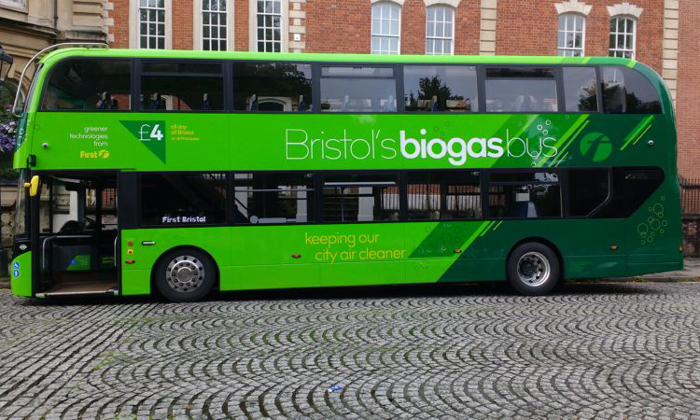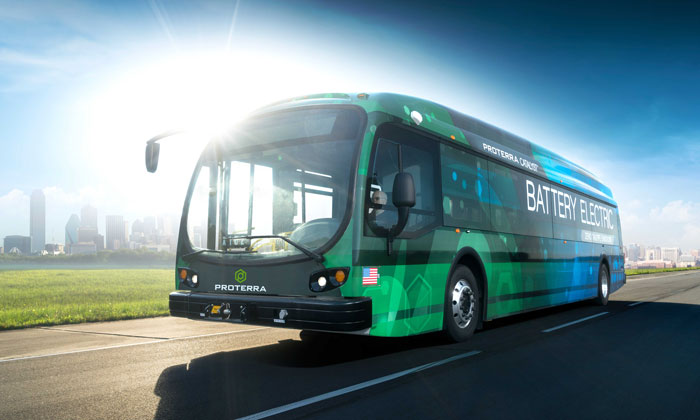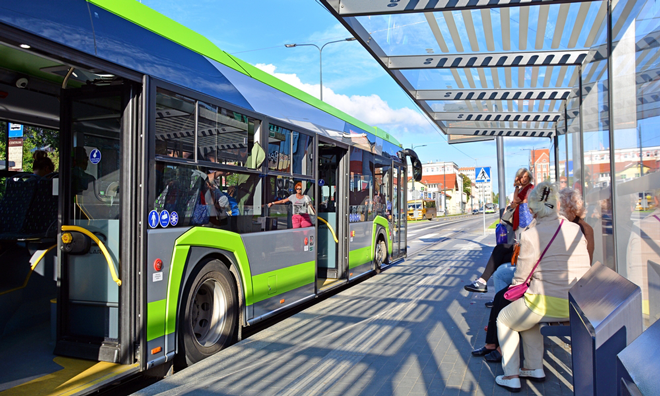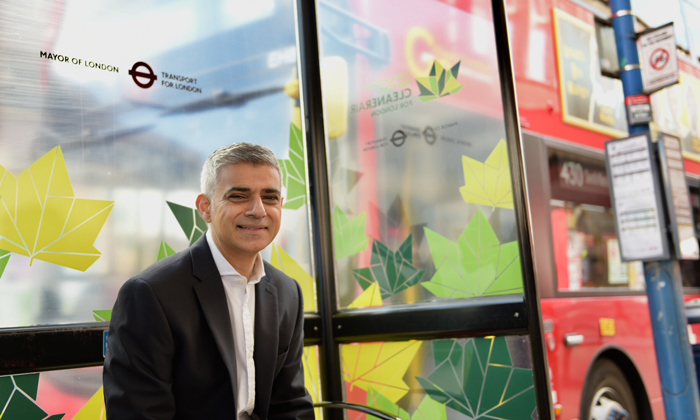What is the public transport sector doing to combat air pollution?
- Like
- Digg
- Del
- Tumblr
- VKontakte
- Buffer
- Love This
- Odnoklassniki
- Meneame
- Blogger
- Amazon
- Yahoo Mail
- Gmail
- AOL
- Newsvine
- HackerNews
- Evernote
- MySpace
- Mail.ru
- Viadeo
- Line
- Comments
- Yummly
- SMS
- Viber
- Telegram
- Subscribe
- Skype
- Facebook Messenger
- Kakao
- LiveJournal
- Yammer
- Edgar
- Fintel
- Mix
- Instapaper
- Copy Link
Posted: 25 October 2017 | Rachael Harper (Intelligent Transport) | No comments yet
With a child born in London in 2010 expecting to lose two years of life expectancy because of air pollution if exposed to the same level of pollution over their lifetime* what is the public transport industry doing to combat this major global concern?


Air pollution is an important topic to address and a lot of countries are implementing measures to combat this. Just last week the Mayor of London, Sadiq Khan, announced the T-Charge – a £10 charge for vehicles that don’t meet certain emission standards to enter the city of London, which is payable on top of another of the city’s schemes to combat air pollution: the Congestion Charge.
But responsibility for this doesn’t just fall on the private transport sector’s shoulders, the public transport industry is making changes too. This includes retrofitting old buses with new, greener technologies and even using human waste to power buses but a major change that is gripping the sector is the use of electric buses rather than diesel buses.


From August 2017, the people of Bristol will be able to catch a bus powered by bio methane, a renewable gas created from food scraps (credit: B24/7)
In September 2017, Gleb Mytko, Global Industry Analyst with the Freedonia Group, spoke to Intelligent Transport about the popularity of electric buses, saying: “The use of electric transit buses has increased dramatically around the world over the last decade. Early models had significant performance shortcomings, but manufacturers have developed a new generation of electric transit buses that are much more capable.”
With this new popularity, it’s no surprise that many countries are implementing electric bus schemes with some of the most recent in Europe including:
- Poland, which is soon to undergo its biggest electric bus project as part of its ‘Integrated Low Emission Public Transport System’ in which 60 per cent of the buses in the city of Zielona Góra are being electrified.
- The Austrian city of Linz replacing its current trolley bus fleet with 24-metre electric buses that bring an almost 30 per cent increase in passenger capacity
- Tide Buss in Norway ordering 25 electric buses from Volvo and then a further 10 GX 437 ELEC citybuses from Heuliez Bus for the city of Trondheim (which has the largest electric bus fleet in the country).
Outside of Europe, The Federal Transit Administration (FTA) in the US has also announced $55 million in grant selections through the ‘Low or No Emission (Low-No) Vehicle’ program, which funds the development of transit buses and infrastructure that use advanced fuel technologies.
New York has recently leased Proterra’s Catalyst E2 buses to evaluate the combined economic, environmental and performance benefits of deploying an all-electric bus fleet and Clemson Area Transit (CATbus) in South Carolina has ordered Catalyst® E2 buses and related charging infrastructure to serve its 1.9 million riders annually: “As part of our vision at CATbus, we are committed over the next eight years to expand upon projects that reduce energy consumption and increase access to clean, efficient mass transit,” said Keith Moody, interim general manager of CATbus at the time.


By leasing five Proterra Catalyst E2 buses New York MTA expects to reduce 2,000 metric tons of greenhouse gas emissions
This is just the beginning. The ZeEUS eBus Report published by the UITP found 19 public transport operators and authorities, covering around 25 European cities, have published an e-bus strategy for 2020, meaning that by this date there should be over 2,500 electric buses operating in these cities, representing 6 per cent of their total fleet of 40,000.
The report also suggests a further 13 public transport operators and authorities in 18 European cities have an e-bus strategy up to 2025. By this point it is estimated that 6,100 electric buses will be in service, representing 43 per cent of their total fleet of 14,000.


The ZeEUS eBus Report found that in 2015 the global e-bus fleet reached an estimated 173,000
A possible reason for this upward trend of transport operators using electric buses could be due to the advancements in charging technology, making the use of electric buses much more viable: “In the past, inconvenient charging processes and long charging times (up to six hours) have also been a major concern for public bus operators,” continued Freedonia’s Gleb Mytko. “However, Bombardier, BYD, Scania and Toshiba have all commercialised or announced plans to commercialise wireless charging systems for electric buses.”
Another factor could be the advancements into how well-powered electric buses are, with new technologies now meaning that electric buses are just as powerful as conventional buses. For example, vehicle manufacturer ZF has recently unveiled a new electric central drive that delivers a maximum output of 300kW and a maximum torque of 4,400Nm. Not only is this as powerful as conventional engines, but it is quieter and the ride will be smoother for passengers.
Taking the use of electric buses further, London not only has the largest electric bus fleet in Europe but Transport for London (TfL) and Sadiq Khan, have also announced the use of electric-only bus routes and Low Emission Bus Zones which only allow buses that meet the toughest emission standards to run on them – making the use of electric buses even more compulsory.


Sadiq Khan has implemented London’s first ever Low Emission Bus Zone is in one of the most polluted areas of London: Putney High Street
However, more still needs to be done to combat air pollution, with Leonie Cooper AM, Chair of the London Assembly Environment Committee recently stating: “The London Assembly Environment Committee believes even greater results could be achieved if the measures were implemented at a faster pace.
“The Ultra-Low Emission Zone (ULEZ) will take effect in 2019 and exemption from that will require the Euro 6 standard for diesels. Raising awareness of this and discouraging the use of diesel vehicles in favour of much cleaner alternatives, should be top of the agenda.
“So should complementary measures to help shift the transportation habits of Londoners towards cheaper alternatives such as buses or trains and healthier options such as walking and cycling. We’d also like the government to step up and introduce a diesel scrappage scheme to help move things forward quickly.”
With the advent of new transport technologies, the use of electric buses, zones and charging infrastructure is more viable than ever, but with the serious threat of poor air quality and congestion in some of the world’s most populated cities, it is also more crucial.
* according to the UK government
Related topics
Air Quality, Alternative Power, Sustainable Urban Transport
Related modes
Bus & Coach
Related organisations
CATbus, Freedonia Group, Proterra, The London Assembly Transport Committee, Tide Buss, Transport for London (TfL), UITP
Related people
Gleb Mytko, Keith Moody, Leonie Cooper, Sadiq Khan








